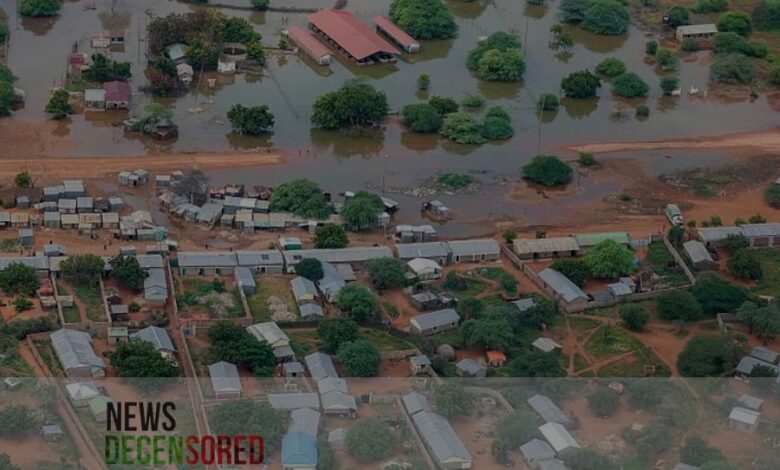More than 120 dead and many injured in Kenya as El Niño and Climate Change Fuel Deadly Floods

A relentless torrent of rain has pummeled Kenya for weeks, culminating in a devastating flood crisis. More than 120 lives have been tragically lost and many injured near Mai Mahiu in Nakuru County alone following a dam burst or, as some reports suggest, a culvert failure beneath a railway bridge. This heartbreaking event lays bare Kenya’s extreme vulnerability to climate change, exposed even further by the ongoing El Niño phenomenon.
The situation in Mai Mahiu paints a picture of utter devastation. Governor Susan Kihika describes widespread destruction, with homes ripped from their foundations and families missing. Rescue teams work tirelessly through mud and debris, hoping to find survivors. The exact cause of the dam failure, or the water surge beneath the bridge, remains under investigation, but the consequences are undeniable.
This latest tragedy is merely the tip of the iceberg. Since March, heavy rains have pounded nearly half of Kenya, displacing over 131,000 people. Significant cities like Nairobi haven’t been spared, with residents seen clinging to rooftops and desperately salvaging belongings from their flooded homes. Heartbreaking images and videos paint a stark picture of the human cost of this crisis. Transportation infrastructure has also been severely compromised, with roads and bridges submerged, forcing the Ministry of Education to postpone the start of the new school term.
The roots of this crisis lie deeper than immediate weather patterns. Experts point to a nightmarish confluence of factors, with El Niño and long-term human-induced global warming playing leading roles. El Niño, a cyclical climate phenomenon, disrupts weather patterns, leading to intensified rainfall. However, global warming acts as a sinister amplifier, as warmer air holds more moisture, further increasing precipitation.
Further compounding the situation is the lingering impact of past droughts. Years of parched earth, unable to absorb the current intense rainfall, have exacerbated the flooding. This is a chilling reminder of the interconnectedness of extreme weather events. Once again, science provides a sobering explanation. Recent analyses suggest that climate change doubled the intensity of deadly rains that struck the Horn of Africa, including Kenya, late last year.
Similarly, a separate study found a clear link between human-caused global warming and the likelihood of the severe drought that plagued Kenya just before these floods.
Kenya’s plight serves as a stark warning for the future. The Horn of Africa is already one of the most climate-vulnerable regions globally. This vulnerability translates into devastating consequences. The international community must unite to support Kenya’s immediate rescue and recovery efforts. This includes providing critical medical supplies, search and rescue teams, and emergency shelters for displaced families.
However, the long-term solution requires a global commitment to tackling the root cause – climate change. Shifting away from fossil fuels and towards renewable energy sources is crucial in curbing greenhouse gas emissions and mitigating global warming. Investing in sustainable infrastructure and climate-resilient agriculture can significantly improve Kenya’s ability to withstand future extreme weather events.
This tragedy also underscores the importance of early warning systems. Timely evacuation notices and preparedness plans can save lives when disaster strikes. Investing in research and scientific collaboration can help predict and prepare for future climate shifts.
The future of Kenya hangs in the balance. The current crisis demands immediate action on both a local and global scale. By uniting in this fight, we can help Kenya weather this storm and build a more resilient future for its people. Failure to act will leave Kenya and countless other vulnerable nations at the mercy of a relentlessly changing climate.




